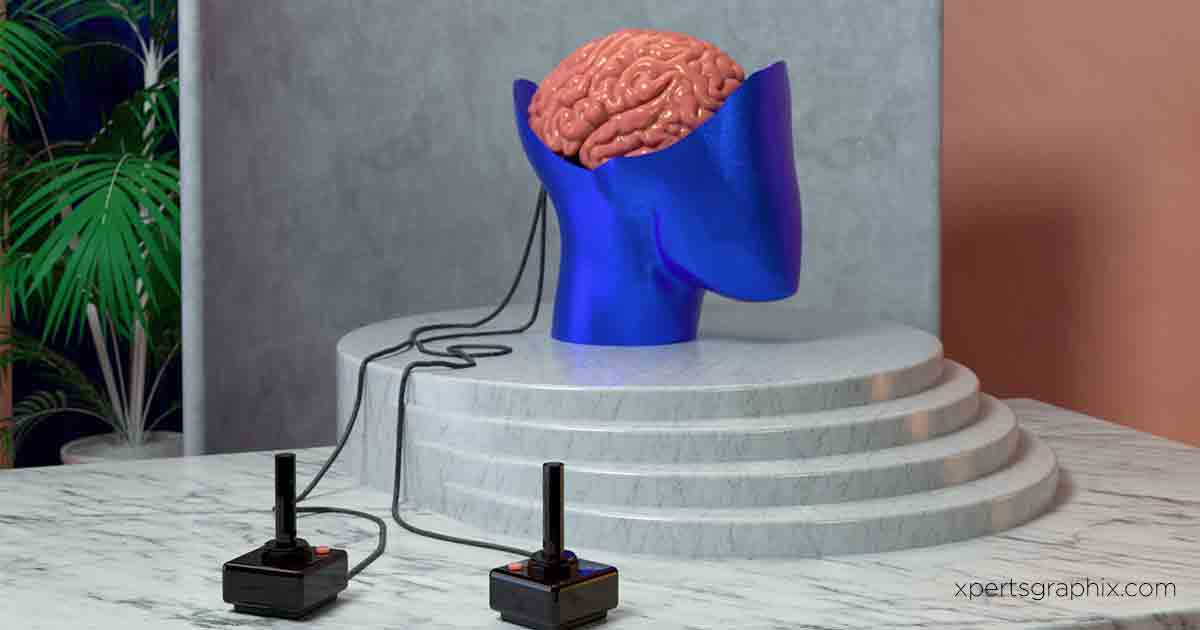ideas educational games

Game design ideas for educational games
Ideas educational games
Introduction
Educational games have become popular, offering a unique blend of entertainment and education.
These games enable players to learn and keep new information more effectively by engaging them in fun and interactively.
This article will explore various game design ideas for educational games, focusing on creating compelling, immersive experiences that maximize learning outcomes.

Educational Game Design Fundamentals
To create an effective educational game, it is essential to consider the following design principles:
- Learning objectives: Clearly define the knowledge or skills players will gain through gameplay.
- Motivation: Engage players with interesting challenges, rewards, and feedback to motivate them.
- Adaptability: Design games that can cater to different learning styles and abilities.
- Accessibility: Ensure the game is easy to understand and use, regardless of the player’s background or age.
Game Mechanics to Enhance Learning
Here are a few game mechanics that can be incorporated into educational games to promote learning:
- Problem-solving: Encourage players to apply critical thinking skills by presenting them with complex challenges or puzzles.
- Collaboration: Foster teamwork and communication by collaborating with players to achieve common goals.
- Exploration: Allow players to discover new concepts and ideas by exploring virtual environments or engaging with interactive elements.
- Storytelling: Use narrative and characters to create emotional connections and deepen understanding of the subject.
Progression: Design a system of levels, quests, or achievements to guide players through learning.
Balancing Fun and Education
It is crucial to balance fun and education to ensure that educational games remain engaging.
This can be achieved by:
- Seamlessly integrating learning objectives into gameplay: Make learning a natural part of the gaming experience rather than a separate task.
- Providing immediate feedback: Offer players positive reinforcement or constructive criticism to keep them engaged and motivated.
- Designing varied challenges: Create diverse gameplay experiences to prevent boredom and maintain player interest.
Designing for Various Age Groups
Different age groups require different approaches when designing educational games:
Preschoolers: Focus on basic skills such as colors, shapes, and numbers with simple, intuitive gameplay.
- Elementary school students: Incorporate more advanced topics and gameplay, such as math, science, and language arts.
- Middle and high school students: Address complex subjects and employ more sophisticated game mechanics, including strategy and critical thinking.
- Adults: Create games that cater to specific interests and professions, emphasizing real-world applications.
Implementing Technology in Educational Games
Leverage modern technology to enhance the educational gaming experience:
- Virtual reality (VR) and augmented reality (AR): Create immersive learning environments that offer hands-on experiences and encourage exploration.
- Artificial intelligence (AI): Design adaptive game systems that respond to individual player needs and learning styles.
- Mobile and online platforms: Develop games that can be accessed on various devices, allowing for greater flexibility and reach.
Assessing Learning Outcomes
To measure the effectiveness of an educational game, consider implementing assessment methods such as:
- In-game quizzes or tests: Evaluate players’ knowledge and understanding of the subject.
- Analytics: Monitor player behavior and performance to identify trends and areas for improvement.
- Surveys and feedback: Gather input from players to determine their engagement and satisfaction with the game.
Conclusion
Designing educational games requires a thoughtful balance between entertainment and learning.
By incorporating engaging game mechanics, catering to various age groups, and leveraging modern technology, game designers can create immersive and enjoyable experiences that promote learning.
Assessing the effectiveness of these games is essential to ensure that they are meeting their educational objectives and continually improving.
By focusing on these factors, educational games can become an indispensable tool in shaping the future of learning, fostering a new generation of enthusiastic and knowledgeable learners.
FAQ’s
Q1: What are the key fundamentals to consider when designing educational games?
A1: The key fundamentals include defining learning objectives and ensuring player motivation, adaptability, and accessibility.
Q2: What game mechanics can enhance learning in educational games?
A2: Problem-solving, collaboration, exploration, storytelling, and progression are some game mechanics that can promote learning.
Q3: How can designers balance fun and education in educational games?
A3: They can seamlessly integrate learning objectives into gameplay, provide immediate feedback, and design varied challenges.
Q4: How should educational games be designed for different age groups?
A4: Games should be tailored to the specific needs and abilities of each age group, focusing on age-appropriate skills, topics, and game mechanics.
Q5: What role can technology play in the development of educational games?
A5: Technology, such as virtual reality, augmented reality, artificial intelligence, and mobile platforms, can enhance the learning experience and make games more engaging.
Q6: What assessment methods can evaluate the effectiveness of educational games?
A6: In-game quizzes or tests, analytics, and surveys or feedback can measure players’ knowledge, engagement, and satisfaction.




